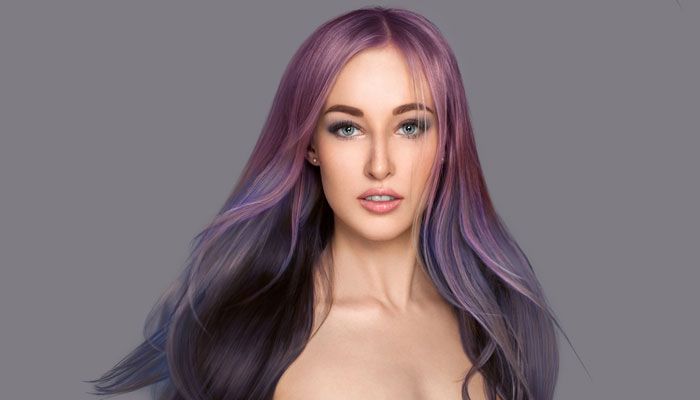
The Truth About Hair Coloring: Tips for Vibrant Results
Hair coloring is a popular way to express individuality and style. Whether you’re looking to cover grays, experiment with a new shade, or simply add some highlights, achieving vibrant and long-lasting results is essential. However, to ensure your hair coloring experience is a success, it’s crucial to be aware of the truths, myths, and best practices that come with it. In this guide, we’ll explore the realities of hair coloring and offer tips for achieving those vibrant and beautiful results you desire.
1. Understanding Your Hair Type: The effectiveness and outcome of your hair color depend significantly on your hair type. Porous hair, for instance, absorbs color more quickly, while coarse hair may require additional processing time. Consult with a professional to determine your hair’s characteristics and find the best-suited color formula.
2. The Role of Hair Color Levels: Hair colors are categorized by levels, which range from 1 (black) to 10 (lightest blonde). The level you choose will impact the final result. To go lighter or darker, understanding these levels and their undertones is essential. Discuss your desired level with your colorist to achieve the perfect shade.
3. Achieving Color Consistency: Consistency in hair color application is key. It’s not uncommon for roots and ends to process differently due to variations in hair porosity. To ensure uniform color, your colorist will typically apply color to the mid-lengths and ends last, allowing them to catch up with the roots.
4. Customizing for Your Skin Tone: The ideal hair color complements your skin tone. Warm shades like golden blondes suit warmer complexions, while cooler tones like ash brown flatter cooler undertones. Discuss your skin tone with your colorist to choose a shade that enhances your overall appearance.
5. Going Professional vs. DIY: While DIY hair color kits are readily available, professional colorists bring expertise to the table. They can assess your hair, offer personalized color solutions, and ensure precise application. For complex color changes, especially those involving bleach or significant transformations, professional coloring is highly recommended.
6. Avoid Overprocessing: Excessive coloring can damage your hair. Frequent touch-ups or using harsh chemicals may lead to dryness and breakage. Your colorist can advise you on a coloring schedule that maintains hair health and vibrant color.
7. Prepping and Aftercare: Proper preparation and aftercare significantly impact your hair’s response to color. It’s important to use sulfate-free shampoos, as sulfates can strip away color. Additionally, protect your hair from excessive sun exposure, which can cause color fading.
8. Maintenance Matters: Vibrant color requires maintenance. Regular touch-ups and color-enhancing products, such as color-protecting shampoos and conditioners, help extend the life of your hair color.
9. Color Correction: Mistakes happen. If you’re unhappy with your color or something goes wrong during a DIY attempt, don’t hesitate to consult a professional colorist for color correction. Attempting to fix it yourself may exacerbate the issue.
10. Communication with Your Colorist: Clear communication with your colorist is vital. Discuss your color goals, be honest about your hair’s history (previous color treatments), and ask questions. Your colorist is there to help you achieve the vibrant results you desire while maintaining hair health.
In summary, successful and vibrant hair coloring is not just about selecting a shade and applying it; it involves understanding your hair, its type, and your skin tone. A professional colorist can be your best ally in achieving the perfect hair color. Together, you can create a look that enhances your beauty while keeping your hair healthy and radiant. So, embrace the truth about hair coloring and enjoy the vibrant results you deserve.







